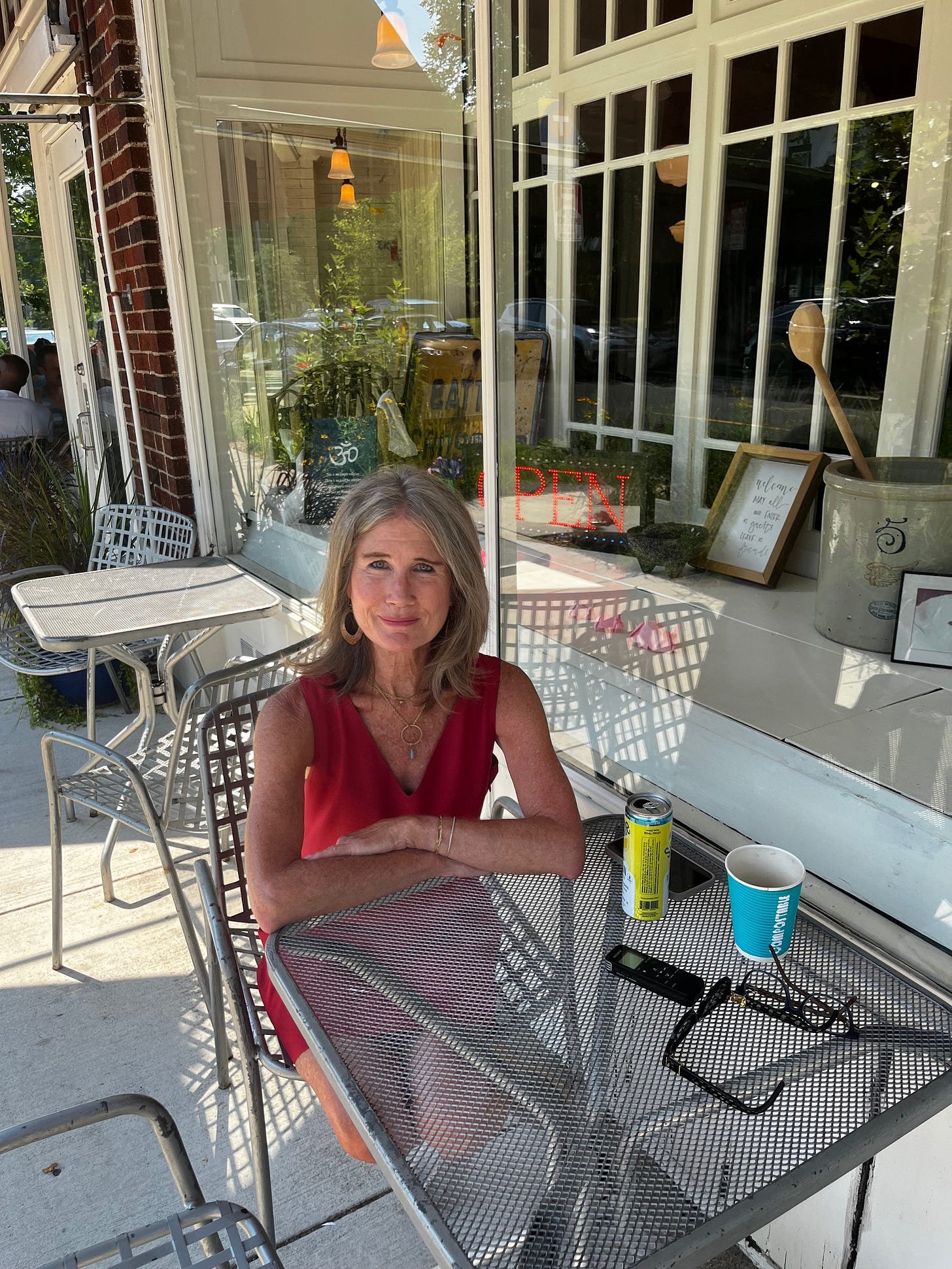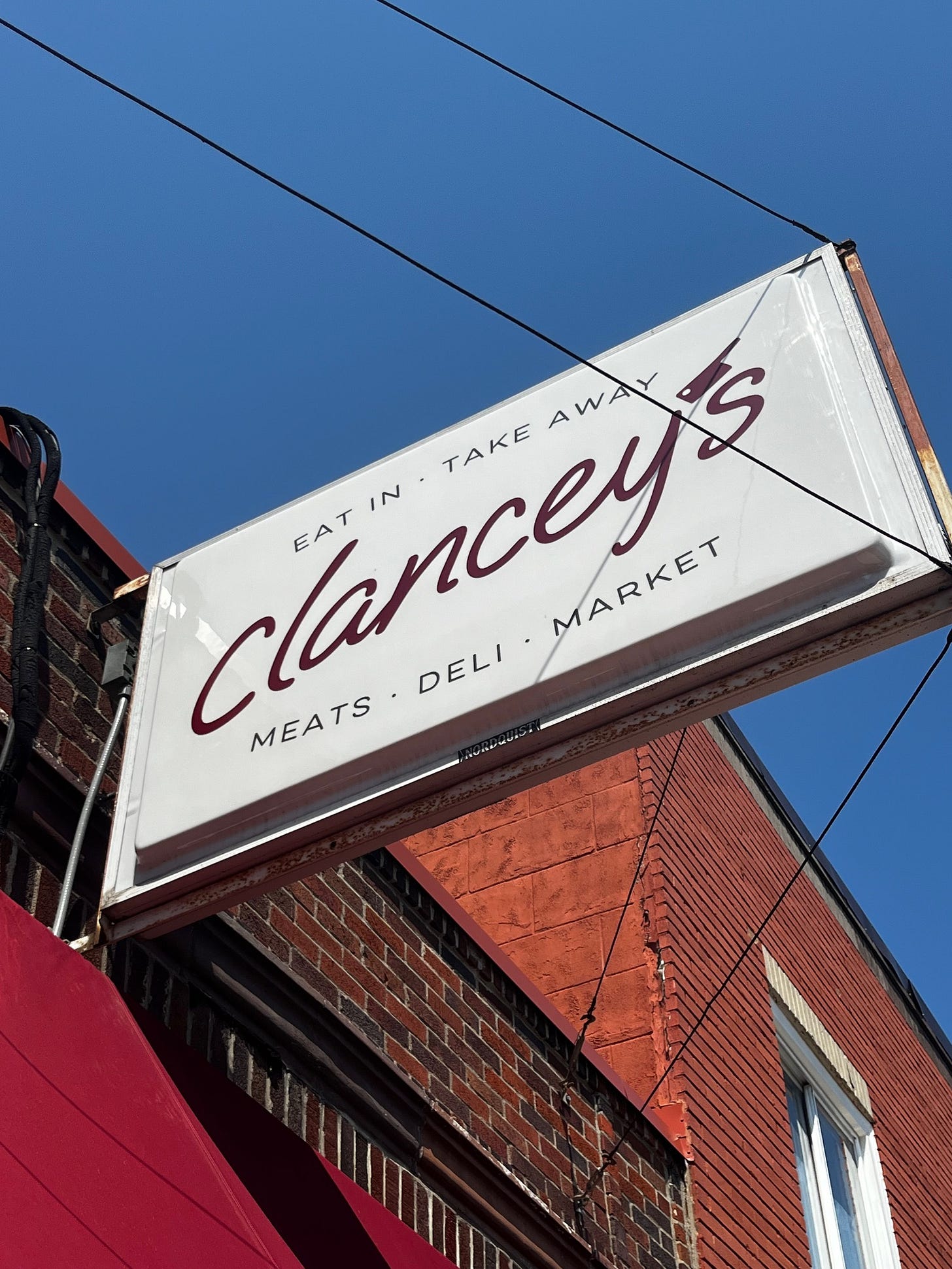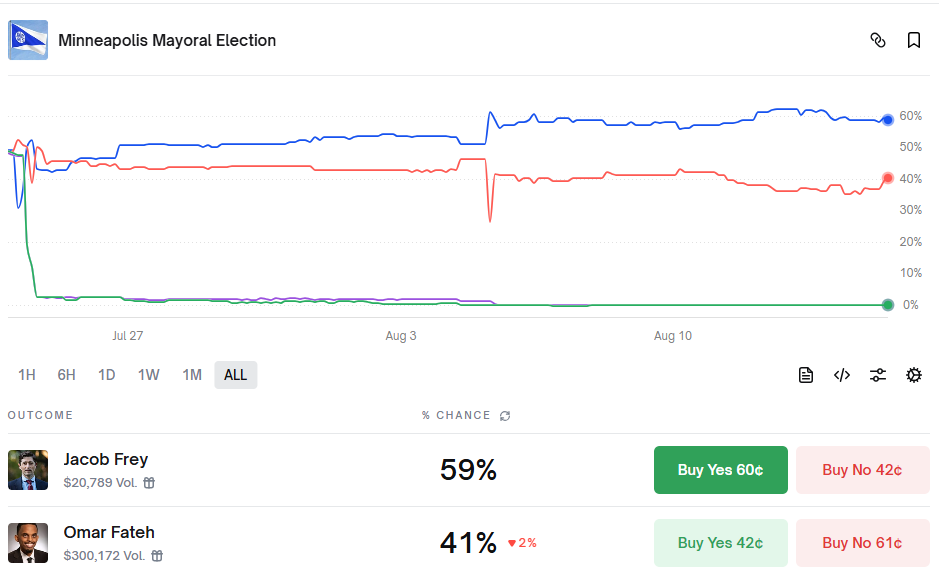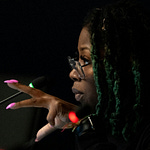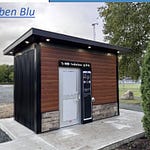The map is set for this year’s Minneapolis election. As of August 15, fifteen candidates are running for mayor—alongside the DFL contenders are parties or principles with names like Protecting Tomorrow’s Dreams, For the People, Nobody’s Party, Renaissance, Momunist, and Why Not Wagner.
Ranked-choice voting (RCV) makes such a crowded field possible. The system allows voters to rank candidates in order of preference, ensuring that if their first choice is eliminated, their vote transfers to the next. That change removes the “spoiler” effect and gives lesser-known candidates space to run without the risk of splitting the vote.
The “spoiler” problem is familiar to anyone who remembers the 2000 presidential race. Ralph Nader, running as the Green Party candidate, received nearly 100,000 votes in Florida—more than enough to cover George W. Bush’s 537-vote margin over Al Gore. With RCV, those Nader votes could have transferred to Gore in later rounds, likely changing the outcome of the election.
While Minneapolis politics may not decide the presidency, the same dynamics apply. In a traditional system, voters sometimes choose a front-runner they can tolerate rather than the candidate they most prefer. RCV allows them to vote honestly while still influencing the final result. But it works only if voters understand how to use it.
That’s why we spoke with Jeanne Massey, who led the campaign to bring RCV to Minneapolis in 2006 and now heads FairVote Minnesota. In our conversation, she explained how the system works, why Minneapolis elections no longer need low-turnout primaries, and how RCV has opened the door for a more diverse and competitive set of candidates.
Current Race Status
Depending on which poll you read, State Sen. Omar Fateh and Mayor Jacob Frey are either neck-and-neck or Frey holds a commanding lead. On Polymarket today, Frey is projected to win with 59% odds. He has both a substantial fundraising advantage and a disciplined campaign operation. Still, in a ranked-choice election, even a front-runner benefits from being a popular second choice. In 2021, the bottom 16 of 19 mayoral candidates together drew 17% of the vote—enough to swing a close race.
With the filing period now closed, several late entrants have reshaped the council contests:
Ward 10: DeShanneon Grimes joins Lydia Millard and incumbent Aisha Chughtai. (Interview with Grimes will be posted August 20.)
Ward 5: Six candidates are now in the race.
Ward 7: Corey Ryan Vest has filed.
Ward 8: Republican Bob Sullentrop and Independent Philip Galberth join the field.
Ward 11: Frequent newsletter commenter Jim Meyer joins Jamison Whiting and Mariam DeMello.
Ward 13: Bob “Again” Carney Jr. challenges Linea Palmisano, running under the “Climate Revolution Elephant” banner.
A full list of filings is available on the city’s website. In nine of thirteen council races, ranked-choice voting will likely influence the outcome.
Summary of Jeanne Massey Interview
In this interview, FairVote Minnesota Executive Director Jeanne Massey discusses the history, mechanics, and implications of ranked-choice voting (RCV) in Minneapolis. She explains that conversations began in 2004 after the League of Women Voters endorsed the method to address “spoiler” problems in elections like Bush v. Gore. Minneapolis adopted RCV through a 2006 charter amendment, supported by council members and a citizen petition. Massey highlights how RCV eliminates low-turnout primaries, encourages broader voter participation, and reduces incentives for negative campaigning by prompting candidates to seek second-choice votes.
Massey describes the ballot process, noting that voters rank their preferred candidates, and if no one wins a majority, an “instant runoff” reallocates votes until a winner emerges. While Minneapolis still uses a manual spreadsheet tabulation due to lack of certified equipment, she emphasizes transparency, safeguards, and accuracy in the city’s process. She also addresses common criticisms—such as long ballots or the complexity of forums with many candidates—by advocating for better forum design rather than reinstating primaries.
The conversation turns to RCV’s effect on diversity in politics, with Massey asserting it has increased the number of women and candidates of color running and winning. She outlines FairVote Minnesota’s push for statewide adoption, beginning with a “local option” bill to establish uniform standards, enable even-year city elections alongside state races, and allow certified equipment for faster counts. She notes national examples, including statewide use in Maine and Alaska, and potential for proportional RCV with multi-member districts, as seen in Portland, Oregon.
Massey sees RCV as part of a broader reform agenda to make elections more representative, inclusive, and fair. While acknowledging public education is crucial, she maintains voters understand and prefer RCV once they experience it. Looking ahead, she envisions both expanded local adoption and a future statewide system, possibly including proportional representation, to ensure more voices are heard and more voters see candidates they supported elected to office.
For more information about ranked-choice voting, visit:
Rank Your Vote site: rankyourvote.org
Experience in MN: fairvotemn.org/dashboard
If you’d like to contact us directly, you can email or through the secure messaging app Signal at bttrmpls.33.



